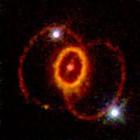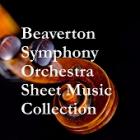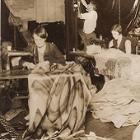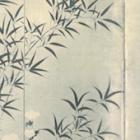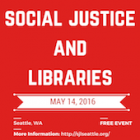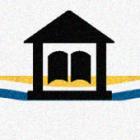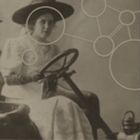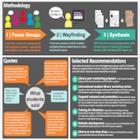
Assessment of International Students' Perception & Use of the UW-Seattle Libraries
Conducted for the International Student/ELL Subcommittee of the UW Libraries’ Teaching and Learning Group, this mixed-methods study examines international students’ perception and use of the UW-Seattle Libraries. International students have been identified as a group that need unique support on campus, and Libraries staff are concerned international students are not engaging with Libraries resources and services as fully as they could be. International student enrollment jumped from 6.5% to 15.2% of the total UW-Seattle student population from Fall 2006 to Fall 2015, according to the Office of Planning & Budgeting. How can library services and resources be more attuned to these students’ information needs? What can the Libraries do to support international students’ sense of inclusion and belonging? Triangulating undergraduate and graduate focus group, wayfinding, and survey data, this project offers an initial set of recommendations to address the diverse needs of the local international student community.

